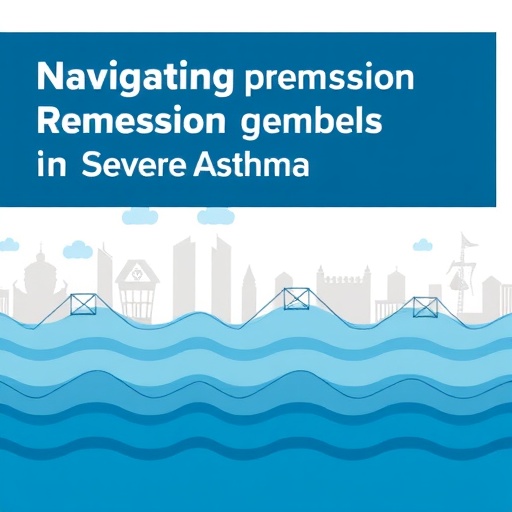(Boston)–Incremental physical activity, even at light intensity, is associated with larger brain volume and healthy brain aging.
Considerable evidence suggests that engaging in regular physical activity may prevent cognitive decline and dementia. Active individuals have lower metabolic and vascular risk factors and these risk factors may explain their propensity for healthy brain aging. However, the specific activity levels optimal for dementia prevention have remained unclear.
The new 2018 Physical Activity-Guidelines for Americans suggest that some physical activity is better than none, but achieving greater than 150 minutes of moderate-to-vigorous (MV) physical activity per week is recommended for substantial health benefits.
Using data from the Framingham Heart Study, the researchers found that for each additional hour spent in light-intensity physical activity was equivalent to approximately 1.1 years less brain aging.
According to the researchers, these results suggest that the threshold of the favorable association for physical activity with brain aging may be at a lower, more achievable level of intensity or volume.
“Every additional hour of light intensity physical activity was associated with higher brain volumes, even among individuals not meeting current Physical Activity-Guidelines. These data are consistent with the notion that potential benefits of physical activity on brain aging may accrue at a lower, more achievable level of intensity or volume,” explained Nicole Spartano, PhD, research assistant professor of medicine at Boston University School of Medicine (BUSM).
“We have really only just begun to uncover the relationship between physical activity and brain health.” Spartano emphasizes the need to explore the impact of physical inactivity on brain aging in different race, ethnic, and socio-economic groups. She is leading a team effort to investigate these patterns at multiple sites all over the country. “We couldn’t do this research without the commitment of the Framingham Heart Study participants who have given so much to the medical community over the years. Our research also hinges on the multi-disciplinary team of investigators at Boston University and external collaborators.” She also acknowledges the importance of funding for research in this area and is grateful for support from the National Institute on Aging, American Heart Association, and Alzheimer’s Association.
These finding appear online in JAMA Network Open.
###
Funding for this study was provided by the following research grants: NHLBI-N01-HC25195, HHSN268201500001I; R01-AG054076; R01-AG049607; R01-AG047645; R01-HL131029; R01-NS017950; American Heart Association (15GPSGC24800006 and 16MCPRP30310001). Dr. Vasan is supported in part by the Evans Medical foundation and the Jay and Louis Coffman Endowment, Department of Medicine, BUSM.
Media Contact
Gina DiGravio
[email protected]




